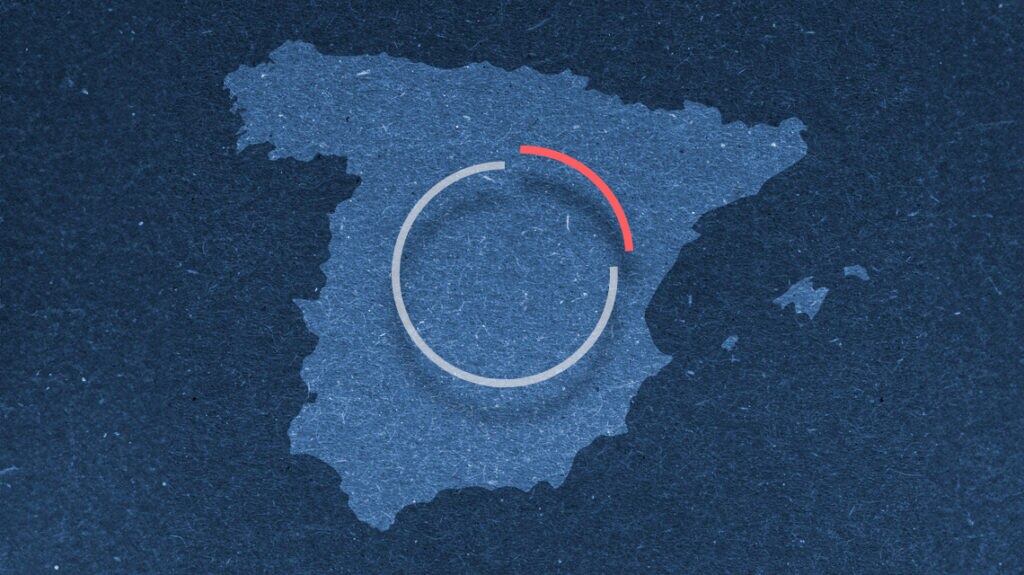According to the Report on the Indebtedness of the Autonomous Communities, which has just been published BBVA Research, regional debt remained moderate until 2007, with an average annual growth rate of 7.3%. That year, the autonomies’ debt was 61,960 million euros, 5.8% of GDP.
However, the financial crisis that erupted in 2008 increased the indebtedness of the autonomous communities. Between 2008 and 2015, regional debt grew at a rate of 20% annually, until reaching 25% of GDP. Debt stabilized at around 24% of GDP between 2015 and 2020, but has risen again with the advent of Covid. Therefore, by the end of 2022, the regional debt reached a historical peak, exceeding 23.9% of GDP at €316.8 billion.
In terms of regional GDP, the The four most indebted communities are Valencian Community (44%), Castilla-La Mancha, Catalonia (both 33%) and Murcia (32%). In contrast, the communities with the lowest ratio are Navarra, the Canary Islands, the Basque Country and Madrid, the latter three having debt of less than 14% of their regional GDP.
The figures change when looking at the level of debt of each community as a whole: Catalonia (26.6%), the Valencian Community (17.4%) and Andalusia (11.9%) accumulate 56% of the autonomous debt. In terms of personal debt, the most indebted communities (Catalonia and the Valencian Community) triple the debt levels of the least indebted.
The tools that autonomous communities use to finance themselves have evolved depending on market conditions. Between 1995 and 2011, the issuance weight of bonds increased. During that period, on average, bond issuance accounted for 47% of total financing, compared to 53% for loans. However, as markets closed in 2012, triggered by the financial crisis, and liquidity mechanisms such as the Autonomous Liquidity Fund (FLA) came into effect, the weight of these financing instruments decreased.
Liquidity mechanisms have reduced the cost of regional debt
The FLA is part of a mechanism created by the central government in 2012 to provide liquidity to autonomous communities at a time when financial markets are closed. Currently, FLA accounts for nearly 59% of regional debt, compared to 14% of bonds issued in the market. Starting in 2020, some communities turned to financial institutions again to raise funds, and debts increased in weight until they accounted for 27% of regional debt.
Low cost of finance
In terms of financing costs, liquidity mechanisms have reduced the cost of regional debt. Communities that never seek FLA financing, and are therefore financed directly in the market, record a higher indirect rate of debt. At the same time, in general, Societies with high levels of credit and high dependence on FLA reduce the cost of credit.
Thus, the FLA allowed access to financing at a time when markets were closed, and, under more favorable conditions. Without it, societies would have to consider an additional average cost of more than 1 percentage point, which would keep their debt above 2 percentage points of recorded GDP in 2022.

